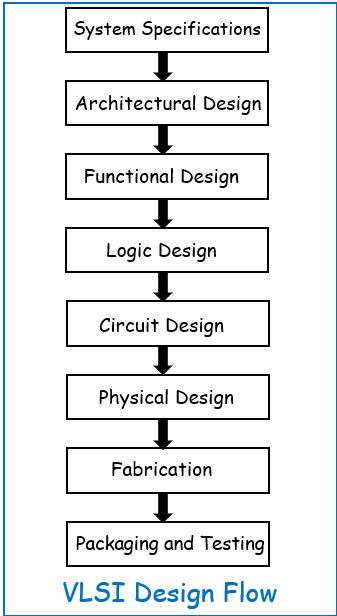Multiplexers (MUXs) are often called “universal logic selectors” because they can perform a wide range of logical operations and are highly adaptable in digital circuit design. Here’s what makes this title appropriate:
- Data Selection Capability: A MUX can select one of several input signals and route it to a single output line based on control signals (selection lines). This makes it highly versatile for various data routing and signal selection tasks within digital systems.
- Flexibility in Applications: MUXs are used in various applications such as data routing, signal switching, arithmetic operations, and more. Their ability to dynamically select inputs based on control signals makes them a flexible component in digital electronics.
- Implementation of Logic Functions: A MUX can be configured to implement any logical function by setting the input lines and selection lines correctly. For instance, a 2^n-to-1 MUX can perform any n-variable Boolean function, which makes it invaluable in designing complex logic circuits.
- Reduction of Circuit Complexity: Multiplexers can simplify the design of digital circuits by reducing the number of logic gates needed to implement certain functions. This helps in optimizing the circuit in terms of space and power consumption.
- Simplification of Design Process: The use of MUXs can streamline the design process for complex logic circuits. Designers can use MUXs to modularize and simplify the implementation of various logic functions, making the design process more efficient.
- Support for Multiple Functions: A single MUX can perform multiple functions depending on how the inputs are configured. This multifunctionality is one of the key reasons MUXs are considered universal logic selectors.
Overall, the multiplexer’s ability to efficiently select, route, and implement a wide range of logical functions in digital circuits is why it is often referred to as a universal logic selector.
